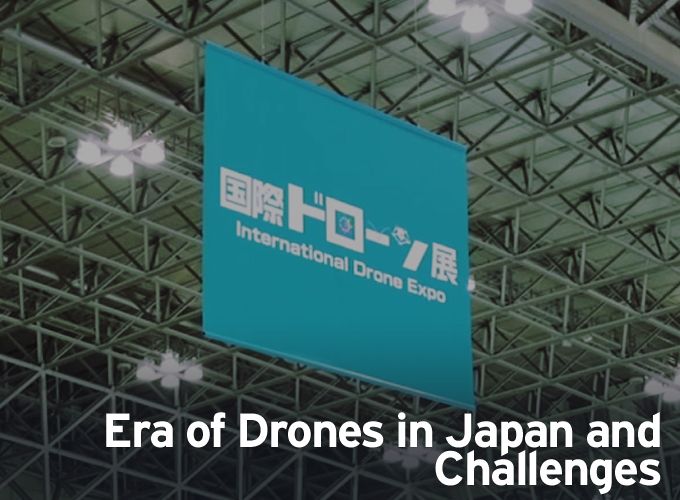In Japan, a few technology experts are calling 2015 "Year One of the Era of the Drone."
Junko Nirmala for | RoboticsTomorrow
Japan has always been at the front position of new technologies, and the commercial production of drones could be a multibillion yen industry. Surely that is the hope of the 100 plus companies that took part in Japan’s first International Drone Expo held just outside of Tokyo recently.
This year the event is the first international drone expo to take place in Japan, with close to 100 companies. Although comparatively small, occupying a minor site at the convention center, it was packed, showing high interest among the public.
Essentially, these vehicles are reducing the use of more intensive aviation equipment like helicopters and replacing them with a small, lightweight, inexpensive choice. So the idea is, wherever currently using an aircraft right now, whether transporting people or not, a drone is expected to do that job with a lot more cost-efficiently.
While drones have become the subject of excited speculation as improving technology and falling price points have led every industry to contemplate the possibilities, the basic principle is not new. Internationally, they have been used for years in several industries, most remarkably agriculture
Japan has been using drones in its agricultural industry since the 1980s, when an unmanned helicopter took to the air to spray insect killer on rice crops. Drones used in agriculture need two operators, with protection for the surrounding environment. Today, more than 2,500 agriculture drones are in operation.
Japan is now looking to get used to drone technology for patrolling Japan's borders or for checking oil and gas pipelines. Beauty in Japan is that technicians, control joysticks at satellite-linked computers thousands of miles from any battleground, can “pilot” these drones. They can deliver with laser perfection their hellfire missiles and 500-pound bombs. And they can do so with no physical risk. For example, drones have been used for crop-dusting for a decade
In reality, the opportunities for drone technology in Japan are huge and not only for commercial use such as deliveries. A 2-3kg drone can carry loads up to 10kg and will soon be able to carry packages of up to 30kg. Drones can be very useful in dealing with security and environmental challenges, such as monitoring energy leaks after the Fukushima disaster, or unremarkably keeping close tabs on security at the 2020 Tokyo Olympics.
A big challenge for the Drone sector in Japan is that it is not yet regulated by national law, which translates for an uncertain future at least in regards as to whether it will still be allowed for private consumers to fly them where and when they want to. A recent accident involving a drone which left nuclear waste at the Prime Minister’s house as a form of protest has led to the government speeding up the process of creating laws that will prevent this kind of situation from happening.
There is also a growing concern over violation of privacy. People are concerned that drones equipped with cameras might show up at their backyards and peek in their windows filming private situations. Singapore in this matter is a step ahead of Japan. They have already set clear rules and penalties to people who decide to transgress the law will see consequences to their actions. Nevertheless, Japanese lawmakers have not been able to agree on this topic yet.
A private sector group promoting drone aircraft systems is drawing up guidelines meant to create a safer environment for use by commercial users and individuals alike. The Japan UAS Industrial Development Association (JUIDA) is preparing the document with input from the government, academia and the private sector, and hopes to have it ready as early as possible.The guidelines will explain that the aviation law limits drone flights to below 250 meters outside of airplane flight paths, and lower than 150 meters inside flight paths.
For time being, the future looks promising and companies keep investing large sums of money into this sector which for now brings them a great return. Competition is great in any sector!!.
Junko Nirmala is a Tokyo resident with 17 years of Professional experience in Technology and business consulting services. Her diverse background includes Advisory assignments completed for 70 plus Japanese companies on Globalization, Founder of startup company in Green Technology, conducting Training and seminars for Global Workforce in Japan and so on. Currently she is involved in Promoting Japan Robots Industry. She has authored 3 books and consistently writes for newspapers and magazines in Japan.
The content & opinions in this article are the author’s and do not necessarily represent the views of RoboticsTomorrow
Comments (0)
This post does not have any comments. Be the first to leave a comment below.
Featured Product


